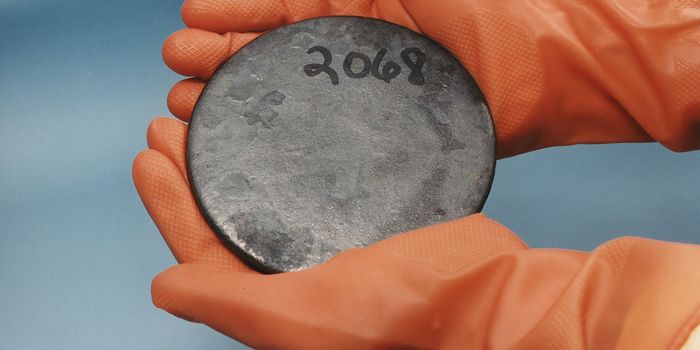Drilling record broken in West Antarctica at 2 km deep
A record has been broken – quite literally – in the West Antarctic ice sheet: scientists drilled down over two kilometers deep. But they weren’t drilling for oil or gas – they were searching for climate history.
The scientists are led by Dr. Andy Smith from British Antarctic Survey (BAS) and are part of a long-term project named BEAMISH (Bed Access, Monitoring and Ice Sheet History). This wasn’t the first attempt to drill so deep in the ice sheet – the project tried and failed fifteen years ago in 2004.
But the scientists’ resolve this time around was strong. For the last 12 weeks the team of 11 researchers has been spending their days freezing (or to be more accurate, -30 degrees Celsius below freezing) near the Rutford Ice Stream. On Tuesday, January 8th after a 63-hour nonstop drilling operation, the team reached their goal, pushing through sediment 2152 meters under the surface. Dr. Smith was ecstatic:
"I have waited for this moment for a long time and am delighted that we've finally achieved our goal. There are gaps in our knowledge of what's happening in West Antarctica and by studying the area where the ice sits on soft sediment we can understand better how this region may change in the future and contribute to global sea-level rise."
So how did the scientists do it? Instead of using a conventional corer to bring up ice segments, the team relied on hot water at a very high pressure to make their hole. While this method doesn’t allow for bringing up ice cores, once the hole is established, sediments can be retrieved from great depths.
That was the goal behind this hole, say the researchers. Retrieving sediments from the bottom of Rutford will help the BAS team understand how the stream is moving and how fast the ice is moving at its base. This will in turn shed light on how West Antarctica is melting under climate change conditions.
But just because the hole breaks the record for the deepest hole drilled in the region using a hot-water drill doesn’t mean the team is stopping there. Already news that they have drilled a second hole has surfaced. The team reports that they hope to drill two holes at two different sites in order to best collect a range of sediments from the stream.
"There's one site where the sediments are much stiffer and harder, and the other where they're much softer. We want to look at the different properties," said Dr. Keith Makinson. The researchers plan to continue their work in the region
The team has now drilled two holes (with the second completed on January 22) and plan to be working on the ice until mid-February.
Sources: BBC News, Newsweek, Science Daily









